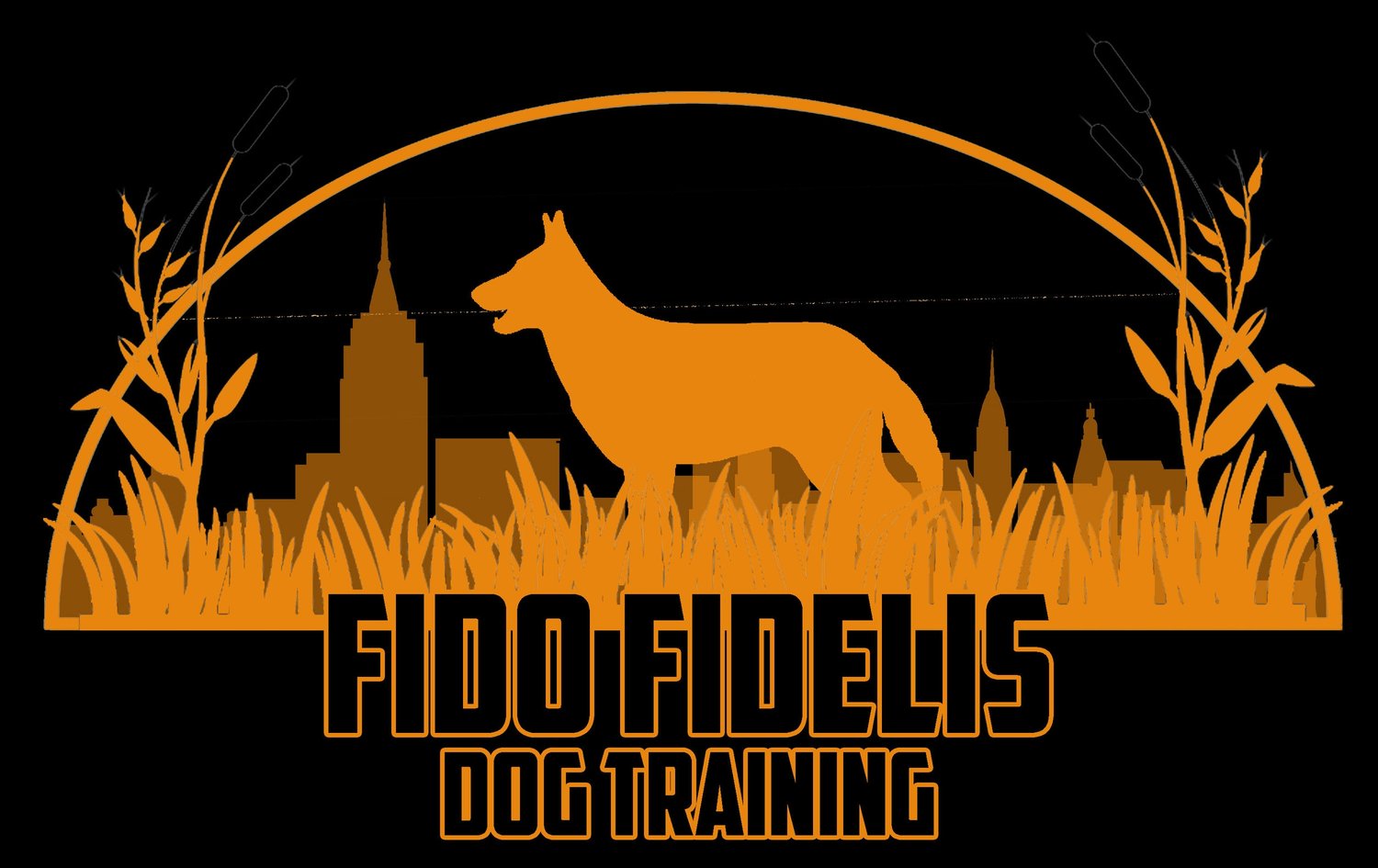Dog parks can be a fun and exciting place for both dogs and their owners. However, it's important to be aware of the potential dangers that come with visiting dog parks. In this blog post, we'll discuss the risks associated with dog parks and provide tips on how to keep your dog safe.
Dog Aggression
One of the most significant risks associated with dog parks is the potential for dog-on-dog aggression. Even if your dog is friendly and well-behaved, other dogs at the park may not be. Some dogs may become territorial or defensive when confronted by a new dog, which can lead to fights and injuries.
2. Injury
Dog parks can also be hazardous due to the risk of injury. Dogs can be injured when playing too rough, running into obstacles or other dogs, or when jumping over obstacles. Even seemingly harmless play can result in injuries, such as sprains or strains.
3. Disease and Illness
Dog parks can also be a breeding ground for diseases and illnesses. Dogs can easily pass infections and parasites to one another through saliva, feces, and urine. Additionally, many dogs at the park may not be vaccinated or may have weakened immune systems, making them more susceptible to illness.
4.Lack of Supervision
Dog parks can be chaotic and unpredictable, with dogs of different sizes and temperaments all in one area. It's crucial to supervise your dog at all times to ensure their safety and prevent them from engaging in negative behaviors, such as aggression or excessive rough play. However, not all dog owners may be as vigilant, which can increase the risk of injuries or altercations.
5.Human Error
Finally, it's essential to recognize that human error can contribute to the dangers of dog parks. For example, some dog owners may bring aggressive dogs to the park or fail to properly supervise their pets. Additionally, some owners may not clean up after their dogs, which can lead to the spread of disease and illness.
In conclusion, dog parks in theory can be a fun and exciting place for dogs to play and socialize, it's crucial to be aware of the potential risks and take steps to keep your dog safe, as well as look at the risk to reward ratio. Consider visiting the park during off-peak hours to avoid overcrowding and keep a close eye on your dog at all times. Make sure your dog is up-to-date on vaccinations and parasite prevention, and always be aware of the other dogs and owners in your immediate surroundings. Our professional recommendation is to steer clear of dog parks in general but taking these precautions, you can help better ensure the safety of your dog .
